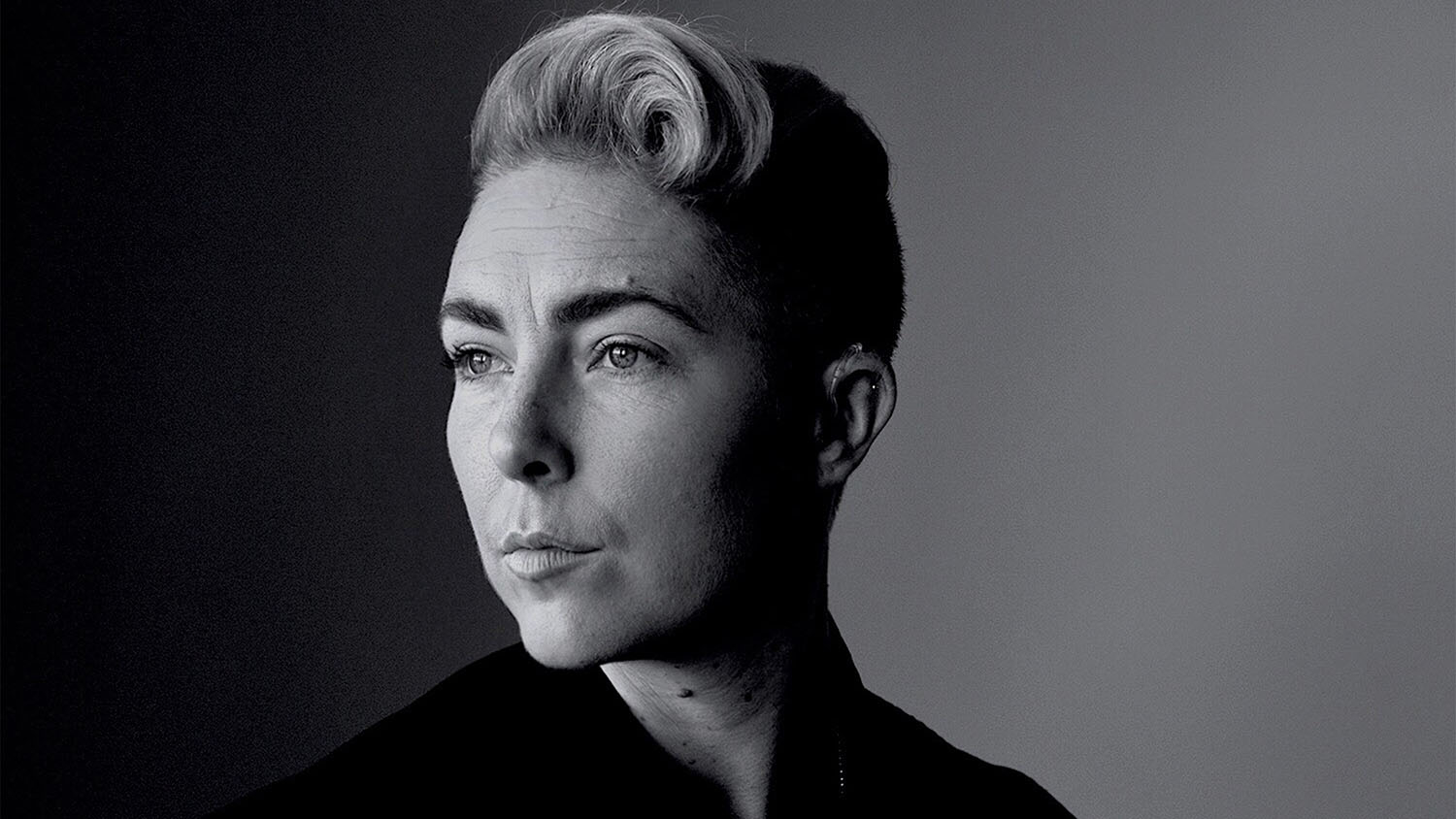Wild Life In Your Home
They’re out there. Creatures you can’t see. Creatures you can’t hear. They’re living in your home: on your doorstep, under your bed – even in your refrigerator. Science doesn’t even know what some of them are. But we want to find out.
It may sound like the premise of a horror movie, but it’s actually an excellent scientific question. What sort of wild life lives all around us, every day? To date, little research has been done on the microscopic bacteria, fungi and other organisms that share our homes. But Rob Dunn, an associate professor of biology at NC State, is trying to change that.

Dunn is the driving force behind the “Wild Life of Your Home” project, which is asking volunteers from around the country to take swabs of dust from different areas around the house and send them in. Researchers will then use high-throughput genetic sequencing technology to determine exactly which species are found in each home.
“We aim to understand, for the first time, how the ways in which we live influence who we live with,” Dunn says. “For example, to what extent do the species around us, particularly those microscopic species we aren’t even aware of, differ as a consequence of how we live?”
To address that question, Dunn’s project is not only seeking volunteers from every state – but from people that live in very different environments. For example, the project hopes to get samples from rural farmhouses as well as big-city apartments.
By shedding light on our inconspicuous houseguests, Dunn hopes to advance our understanding of how human behavior has impacted the evolution of our own ecosystems. After all, it may just be a living room to us, but it is the entire world for countless generations of our microscopic neighbors.
“Some of these species are probably scary,” Dunn says. “And many are absolutely necessary to our well-being. But we can’t begin to understand the big picture until we know what’s out there.”
You can learn more about the project, which is funded largely by the Howard Hughes Medical Institute, here.
- Categories:


